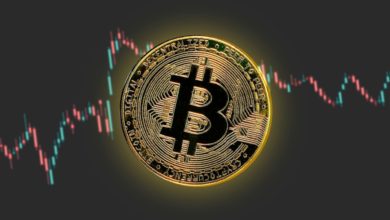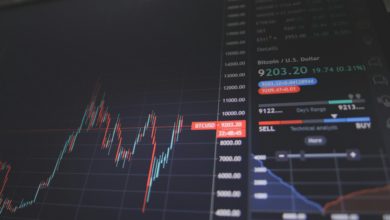Inflation Surges in January: What It Means for the Economy and the Fed

U.S. inflation came in hotter than expected in January, raising concerns that the Federal Reserve may delay anticipated interest rate cuts. The latest Consumer Price Index (CPI) report showed that headline inflation rose 3.0% year over year, up from December’s 2.9% increase, while monthly prices climbed 0.5%, the largest increase since August 2023.
The report was a disappointing setback for those expecting inflation to continue easing. Economists had projected a 0.3% monthly rise, while the actual numbers were a deviation from expectations. Core CPI, which excludes volatile food and energy prices, jumped 0.4% month over month and 3.3% annually, both accelerating from December’s figures. Core inflation rose the most in nine months, highlighting continued price pressures in housing, insurance, and used cars.
Markets reacted quickly, with Treasury yields surging and investors scaling back bets on near-term Fed rate cuts. Just last week, traders were expecting at least two rate cuts in 2025, but following Wednesday’s inflation report, expectations have now been dampened to just one cut—if any—before year-end.
What’s Driving Inflation Higher?
A mix of factors contributed to the unexpectedly high inflation reading, highlighting stubborn price stickiness in key sectors:
- Energy Costs: Higher fuel prices played a major role in January’s inflation increase, pushing up overall transportation expenses.
- Food Prices: Grocery inflation remained stubborn, with egg prices surging 15.2% in January, the biggest monthly increase since 2015. Year over year, eggs are up 53%, driving up food-at-home costs.
- Housing and Rent: Shelter inflation continued to rise, though slower than in previous months. Rent inflation cooled to its lowest year-over-year increase since 2022 but remained a significant factor in core CPI.
- Used Cars: Prices for used vehicles rose 2.2% in January, marking the fourth consecutive monthly increase and the highest since mid-2023. The used car market has been a key driver of core goods inflation.
While some of these increases may be seasonal or temporary, the broad-based nature of the price gains suggests inflation remains a challenge and could keep the Fed cautious in its approach to monetary policy.
The Trump Factor: How Trade Policy Adds More Uncertainty
Complicating the inflation outlook further is Donald Trump’s protectionist trade agenda, which has the potential to reignite inflationary pressures. The administration recently announced a 25% tariff on all steel and aluminum imports, effective March 12, alongside additional trade restrictions on Mexico, Canada, and China.
Economists warn that these policies could propel prices even higher by increasing production costs, particularly in industries reliant on imported materials. Higher tariffs could lead to retaliatory measures from trading partners, further disrupting supply chains and contributing to a new wave of inflationary pressures.
The Federal Reserve has largely avoided commenting on trade policy, but Powell acknowledged this week that external factors like tariffs and immigration could impact the inflation outlook. The combination of hot inflation, trade policy uncertainty, and fiscal stimulus measures could force the Fed to stay on hold longer than expected.
Looking Ahead
With inflation proving more stubborn than anticipated, the coming months will be key for assessing the broader economic trajectory. Key reports to watch include:
- Producer Price Index (PPI) on Thursday: This measure of wholesale inflation could provide more clues on whether price pressures are persisting at the supplier level.
- Personal Consumption Expenditures (PCE) report: The Fed’s preferred inflation gauge, released later this month, will be a crucial indicator of whether inflation is truly cooling.
- Wage Growth Data: Labor market strength remains a major factor in inflation. If wages continue rising faster than productivity, inflation could stay elevated.
For now, investors should prepare for a potentially longer period of higher interest rates, as the latest data suggests the Fed is in no rush to cut borrowing costs. The path to lower inflation was never expected to be smooth, but January’s surprise CPI report shows just how uncertain the road ahead remains.




